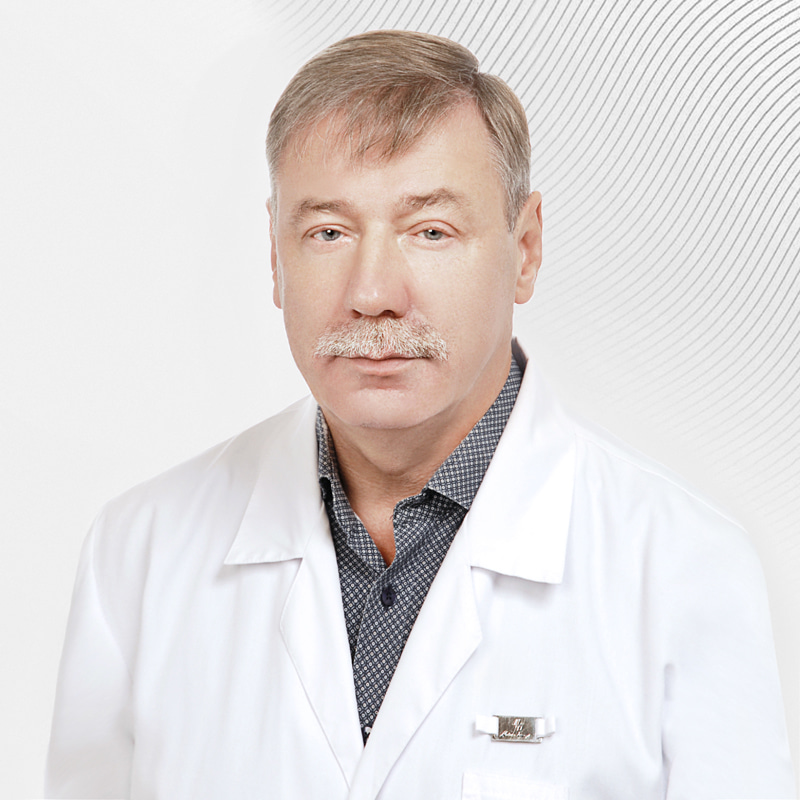Fibroma removal
Fibroids are benign tumors that can form in any part of the body. It is important to know more about them in order to understand what actions to take when this pathology occurs.
What is fibroma
Fibroids can occur in any part of the body, including muscles, joints, and internal organs. Neoplasms of various sizes may develop, from microscopic to large enough to cause discomfort or compression of neighboring organs .
The causes of fibroids have not been fully studied, but it is believed that hormonal factors, genetics, and injuries can influence their development. Some studies indicate that estrogen levels also play a role in the development of pathology.
Fibroma symptoms depend on its size and location. Most often, tumors do not cause concern and are found by chance. Pain, discomfort, and organ dysfunction are possible when the formation has reached a large size.
Types
Fibroids are classified according to various parameters, including their structure, location, and size. The main types are hard and soft, as well as diffuse and limited formations.
Hard fibroids usually consist of dense connective tissue and have clear boundaries. They can be large and cause discomfort or pain. Soft neoplasms are characterized by a more flexible structure and are smaller in size.
Diffuse fibroids are characterized by spreading over a large area of tissue, while limited fibroids occupy a specific, clearly localized space.
Indications and contraindications for fibroma removal
The decision to remove is made based on a number of factors, including the size of the tumor, its location, symptoms, and the patient's general health.
Indications for surgical removal may include:
-
large sizes that cause discomfort or pain;
-
organ malfunction due to compression;
-
rapid growth of the neoplasm;
-
aesthetic defect;
-
regular damage to the tumor due to its localization (for example, when shaving or rubbing clothes).
Contraindications to fibroma removal are conditions in which surgery carries serious risks. For example, cardiovascular diseases, diabetes mellitus, allergies to anesthesia drugs, and blood clotting disorders.
How is formation removal performed
Removal can be performed by various methods, depending on the characteristics of the neoplasm and the patient's preferences. The doctor chooses the most appropriate method, taking into account the type of tumor, its location and size:
-
Laser removal. One of the safest and most effective methods. The laser allows you to remove tumors of any shape and size without scarring on the skin.
-
Removal by electrocoagulation. The tumor is removed using electric current. This technique minimizes the risk of bleeding and complications.
The operation is performed under local anesthesia. The patient can leave the clinic immediately after its completion.
Complications after surgery
Possible complications include bleeding, infection, and the development of a purulent process. Reactions to anesthesia may also occur. In rare cases, the tumor forms again in the same place. However, the operation is considered low-traumatic, and if all the doctor's recommendations are followed, the risk of complications is minimal.
Recovery after the procedure
Recovery is quite fast. Most patients can return to their normal lives immediately or within a few days, depending on the extent of the intervention. It is important to follow all the doctor's instructions, including taking medications and skin care.
After the procedure, it is recommended to avoid physical activity. Skin care measures depend on the fibroma removal method, and the doctor will tell you about them. If any unusual symptoms occur, such as increased pain, swelling, redness, or discharge from a wound, you should contact a clinic immediately.
Advantages of treatment at the EMC clinic
At the EMC Surgical Clinic, we offer treatment using modern technologies and innovative equipment. Our specialists are top-class professionals who are recognized not only in Russia, but also in other countries.
Fibroma removal in EMC is performed by Dr. Marina Bissessar, with more than 20 years of surgical experience.
We perform a full range of surgical interventions for the treatment of various pathologies, including diseases of the abdominal and thoracic cavities, as well as soft tissue diseases. Our approach to diagnosis, preoperative preparation, surgical treatment, follow-up and rehabilitation is based on advanced medical technologies. This makes it possible to reduce the patient's stay in the hospital before and after surgery.
It is not necessary to postpone treatment. Make an appointment at the EMC clinic, and our doctors will remove the tumors without pain and scars.
Question-answer
What is the difference from lipoma?
Lipoma is a benign tumor of adipose tissue, and fibroma is a benign tumor of connective tissue.
Is fibroma removal necessary?
Not all tumors require this, but if they hurt, grow, or are located in uncomfortable places, they should be removed.
Is it possible to squeeze out fibroma?
The tumor cannot be squeezed out, this may lead to the development of an inflammatory process or infection.
What happens if the fibroma is not removed?
If the tumor is not removed, it may continue to grow, causing discomfort. In rare cases, degeneration into a malignant tumor is possible.
Doctors
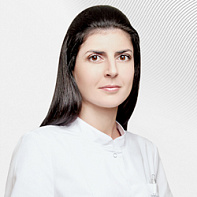


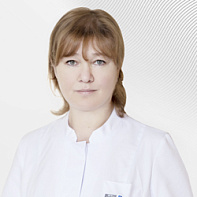


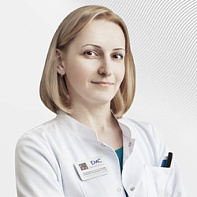
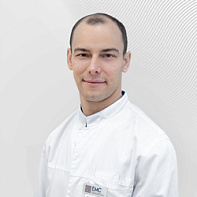

.jpg)


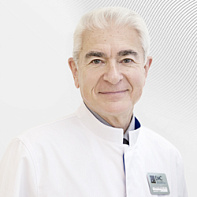
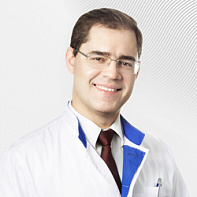
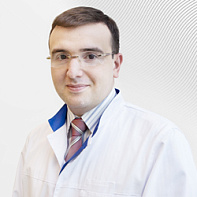
.jpg)
.jpg)
- Unique expertise is the first in In Russia, he performed laparoscopic decompression of the celiac trunk in patients with ischemic digestive system disease
- The first in In Russia, he performed laparoscopic kidney sampling during related transplantation
- He was one of the first in the world to perform suturing of a duodenal ulcer perforation
- He was one of the first in the world to perform...
